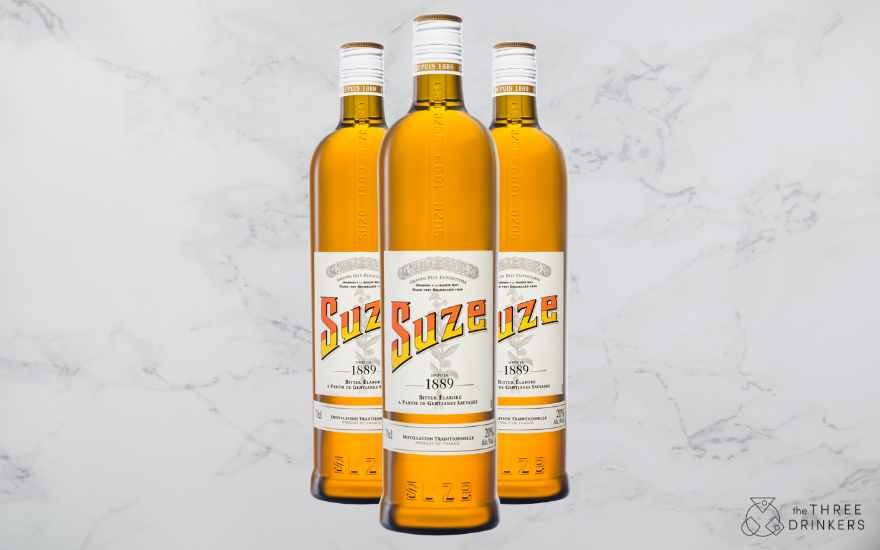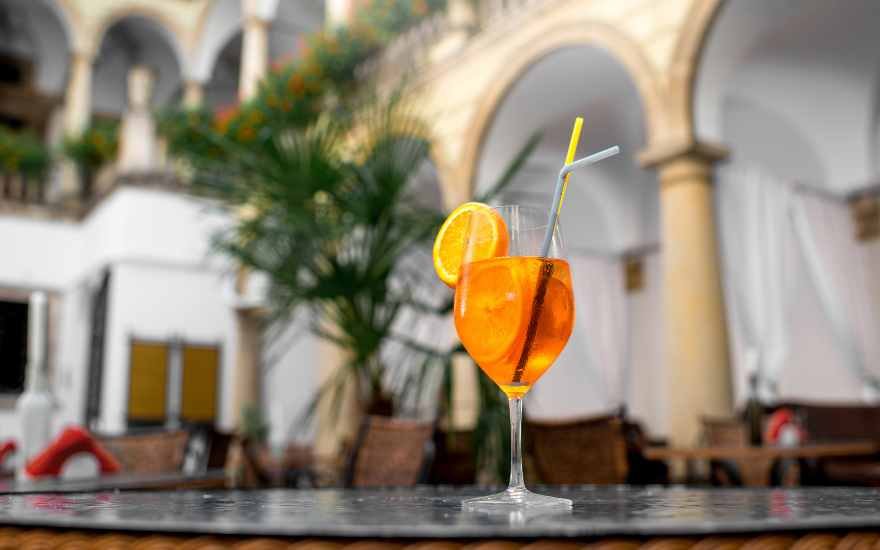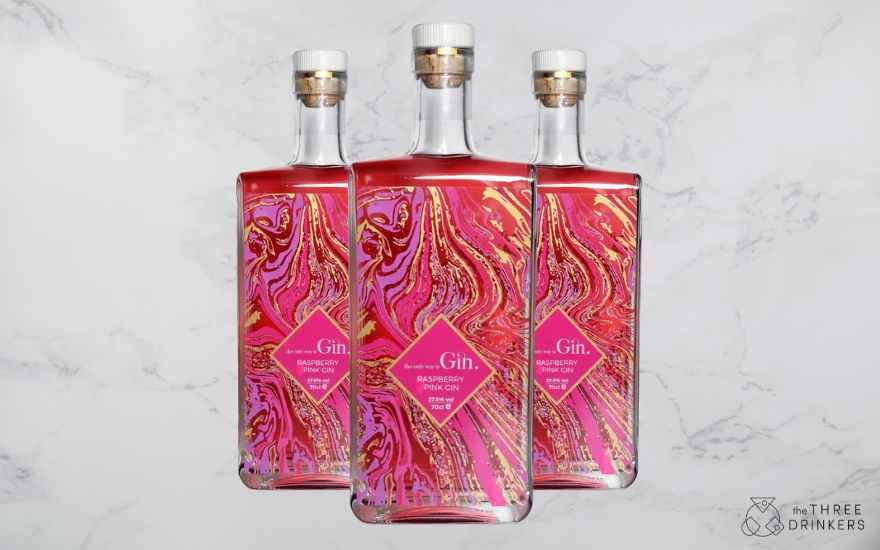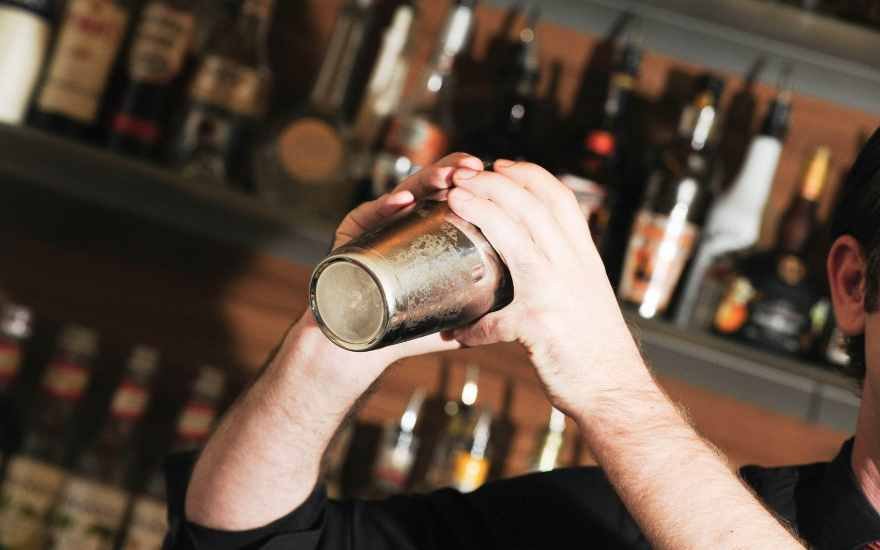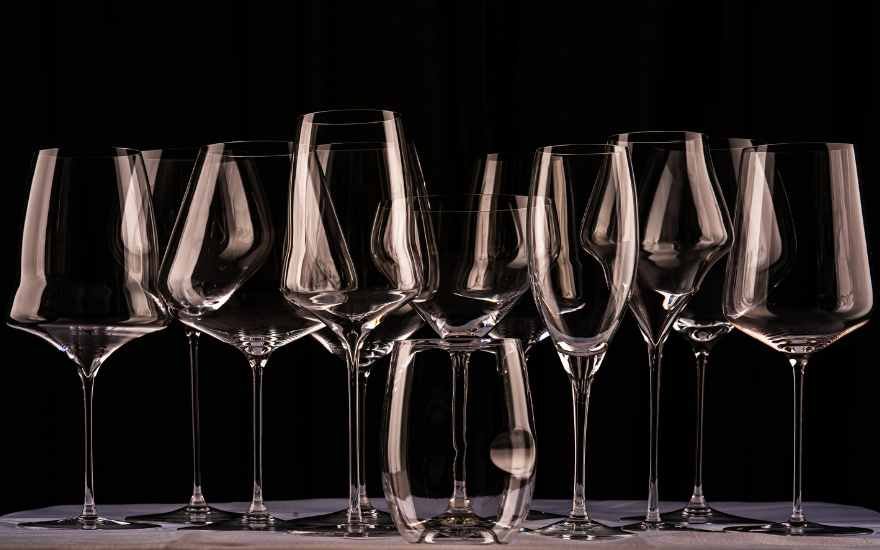Who doesn’t love the sound of a sparkler cork pop, and the sight of dazzling bubbles rising up that glass before the toast? But what about its flavour as the fizz warms up and begins to fizzle out?
The three most common sparkling wine glasses are:
1. The Coupe
Up until the 1970s, Champagne was traditionally served in coupes. These wide-rimmed glasses were often made from crystal and, according to legend, were modelled on the curves of the Marquise de Pompadour, the official chief mistress of Louis XV. Others claim the shape was inspired by Marie-Antoinette’s breast, Queen of France and wife of Louis XVI. However, the glass was really designed in England in 1663, specifically for sparkling wines.
It looks great in a Champagne pyramid, but the wide rim exposes the Champagne to air rapidly, causing the bubbles to disperse leaving the wine to taste flat.
Example - Riedel Extreme Junmai Sake Coupe
2. The Flute
Probably the most popular and immediately associated with serving that festive or everyday fizz! As you take the first sip after toasting, the rapid gush of gas bubbles rush up the flute and practically mask the more delicate aromas and flavours. The straight-sided, open-topped shapes of the flute; just like the coupe mean that aromas easily escape into the atmosphere.
Example - Riedel Vinum Vintage Champagne Flute
3. Tulip-shaped with in-curving tops
Aim for a clear glass with a slender stem. Champagnes or sparking wines need to be served well-chilled (7-10ºC / 45-50ºF). You definitely do not want your hand to warm it up with a stemless glass. The tulip-shaped is our preferred design as it helps enclose the sparkler’s aroma and funnel it towards the nose. It also allows just enough surface area for the wine to open up, without fizz escaping too fast.
Example - Josephine No.4 Champagne (hand blown)
If you’d rather not invest in dedicated Champagne glasses, try the following white wine glasses instead.
Young Whites (Albariño, Bacchus, Sauvignon & Pinot Grigio), Rosé or Lighter Reds (Beaujolais & Valpolicella)



